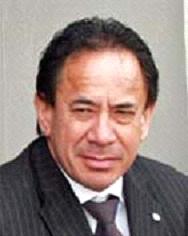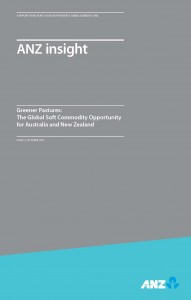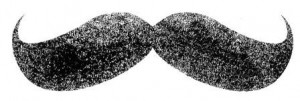New Zealand’s top Māori sheep and beef farmers are being sought in this year’s Ahuwhenua Trophy BNZ Māori Excellence in Farming Award.
The competition was launched by the Minister of Māori Affairs, Hon Dr Pita Sharples, at the Federation of Māori Authorities (FoMA) conference in Taupo last weekend.
 The Ministry for Primary Industries (MPI) has announced it has increased its sponsorship involvement from bronze to gold in a deal including $46,000 cash, which Ben Dalton, deputy director general Māori primary sector partnerships, says builds on a long-standing involvement with the competition.
The Ministry for Primary Industries (MPI) has announced it has increased its sponsorship involvement from bronze to gold in a deal including $46,000 cash, which Ben Dalton, deputy director general Māori primary sector partnerships, says builds on a long-standing involvement with the competition.
“MPI is committed to working with Māori to enable the sustainable growth of their primary sector assets and this competition fits well with our objectives,” he explains.
“Māori agribusiness has a significant part to play in lifting the primary sector contribution to New Zealand’s economy. By increasing Māori primary sector productivity, we increase the wealth of New Zealand as a whole.”
MPI joins other gold sponsors Te Puni Kōkiri, the Māori Trustee and Beef + Lamb NZ Ltd, together with platinum supporter BNZ and a number of other sponsors.
In a study of Māori freehold land resources – Māori Agribusiness in NZ: A study of the Maori Freehold Land Resource – MPI identified 600,000 hectares of under-performing and 600,000 hectares of under-utilised entities. There were 300,000 hectares (20 percent) of āori freehold land that were well-performing entities.
“So there is a huge opportunity to grow Māori agribusiness entities that are underperforming and supporting the Ahuwhenua Trophy shows what can be done. Even if they are at the top of the game, competitors benefit from high-level peer reviews of their farms and this opens up opportunities to further improve their performance.”
Partnering with Māori to optimise the sustainable use of their primary sector assets will contribute to the Māori economic base. “This base can then be used to self-fund Māori aspirations, whether these are social, cultural or economic,” says Dalton.
“Of the $36.9 billion Māori asset base, a significant $10.6 billion is invested in agriculture, forestry and fishing industries. So harnessing the growth potential of those assets is important.”
The 2013 Ahuwhenua Trophy competition is open to Māori farming properties, either owned individually, or managed by Māori Trusts and Incorporations in New Zealand. The trophy winner will be announced in 7 June 2013. Each year, it alternates between sheep and beef farmers and dairy farmers. The 2013 competition is for Māori sheep and beef farmers.
Further information and entry forms for the 2013 Ahuwhenua Trophy can be found here.
High level of interest in Maori agribusiness funding round
There has also been a high level of interest from groups seeking to promote sustainable resource use in Māori agribusiness, says MPI.
A special Māori agribusiness round in MPI’s Sustainable Farming Fund (SFF), which provides co-funding for small to medium-scale applied research and extension projects, offered about $1 million of co-investment funding in August. It received 47 applications, of which 14 have been approved, subject to contracts being negotiated. MPI aims to have funding contractually committed before the end of December 2012 (with most to be spent in the first year but possibly spread over three years).
 “MPI is committed to working with all of our stakeholders, including Māori agribusiness, to ensure that funds like the SFF deliver tangible results to the primary sector”, says MPI’s deputy director-general for resource management and programmes Scott Gallacher.
“MPI is committed to working with all of our stakeholders, including Māori agribusiness, to ensure that funds like the SFF deliver tangible results to the primary sector”, says MPI’s deputy director-general for resource management and programmes Scott Gallacher.
Meanwhile, the main 2013 annual SFF round opened in late August with up to $8 million of co-investment funding on offer for projects that will encourage sustainable resource use in the primary sectors. Applications closed recently and applicants will be notified by the end of February 2013, with contracts in place so work can commence from July 1, 2013.
Read more about the Ahuwhenua Trophy in the newsletter or at the website.






